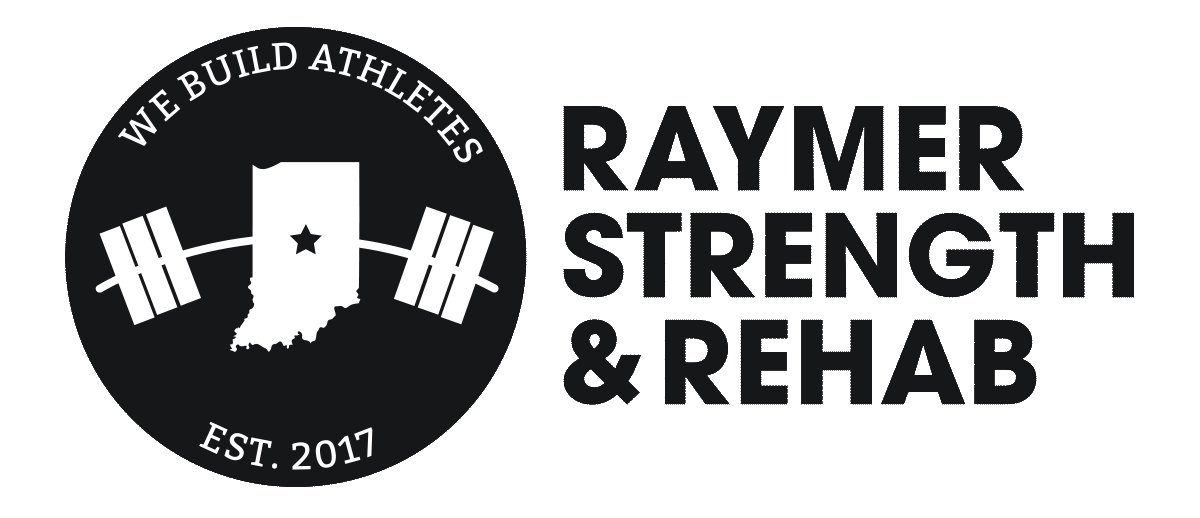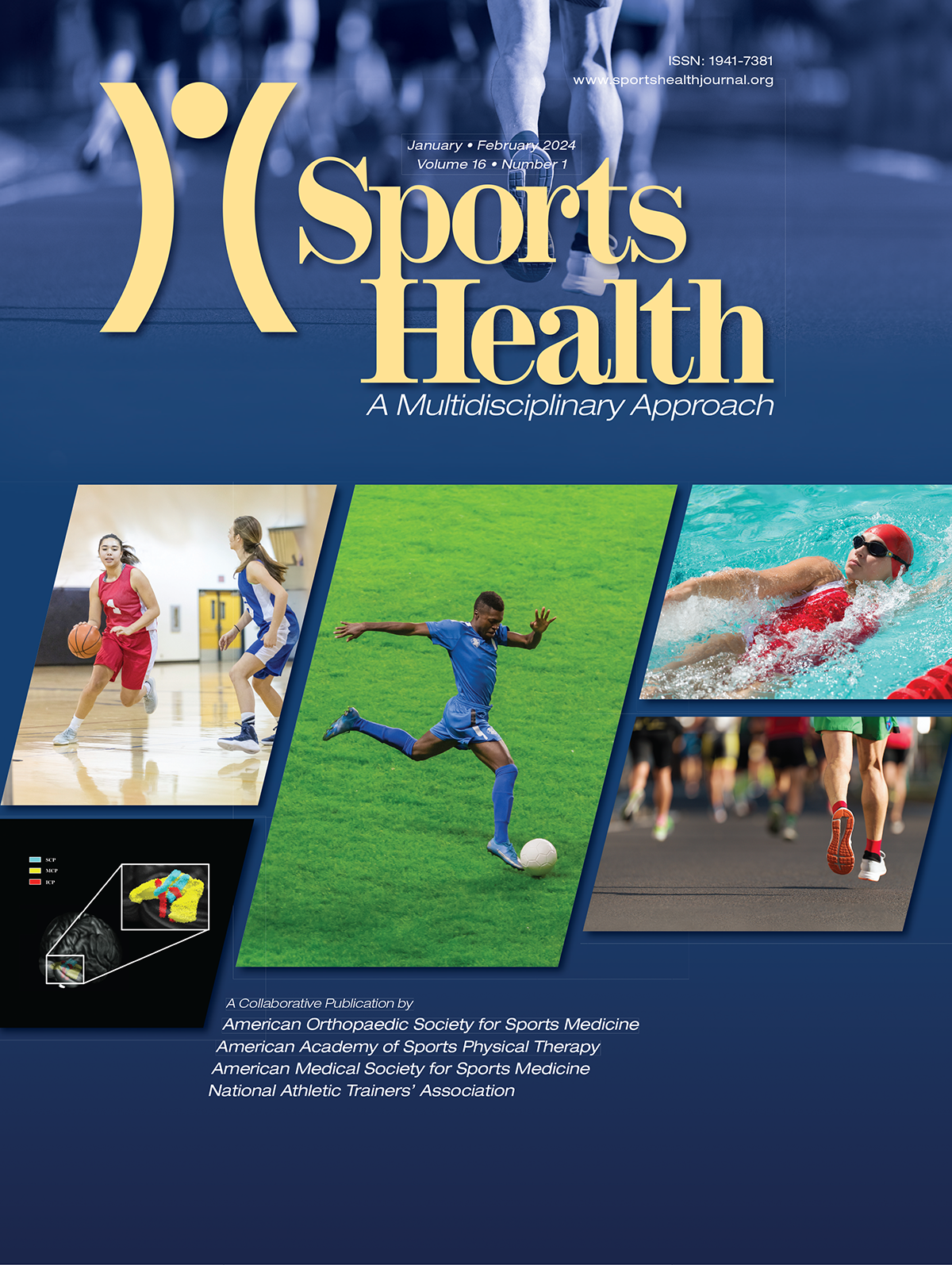Should pitchers ice after games?
It’s a pretty common sight to see a pitcher icing their shoulder or arm after pitching a game. But… does post-game icing benefit recovery or does it slow it down?
A respected pitching coach in the community wrote online that ice helps “bring [the muscles] back to normal.” That’s not the effect ice has on the human body. I’ve seen other pitching coaches say the opposite– that they recommend against ice post-game.
Does ice help? Or does it hurt?
Let’s examine when ice is appropriate for athletes and what the latest research from the medical community says about icing after intense volume for the purpose of recovery.
Alayna Tesnar mid pitching motion.
Photo courtesy of Julie L. Brown Photography
How ice effects the body
When we say “ice,” we are referring to unregulated, sustained exposure to freezing temperatures - like holding a bag of ice to the shoulder for 20-30 minutes or more. We are not analyzing cryo or other cooling therapies as those applications and processes are entirely different (and usually not available to most immediately after a game).
After a game, it’s common to feel soreness in the limbs and joints used during the windmill pitch. Ice can be an effective remedy for pain associated with soreness because it reduces inflammation. For that reason, it can feel really good after an intense game. That said, if a pitcher is suffering from acute pain or injury, stop pitching, consult your parents/coaches, and go see a doctor!
But because ice is so good at reducing pain, a lot of pitchers reach for ice, thinking that the pain reduction in their sore muscles and joints means that they are recovering faster. However, perception isn’t reality. The ice is actually doing the opposite of helping the body recover. All it is doing is masking post-game soreness.
Tessa Kramer faces down a batter from the circle.
How the human body recovers from intense exercise
If a pitcher is dealing with post-game soreness, ice is not effective for recovery.
Why? First let’s understand what causes soreness after exercise.
Soreness occurs when there are micro tears in the muscle after performing movement volume or after training new movements. These micro tears are step one of the natural process that the body goes through as it begins to build the muscle back stronger. As this occurs, athletes will see an increase of inflammation (and sometimes perceived soreness or pain) in the affected area.
Inflammation can have a negative connotation depending on who you’re talking to, or the specific situation at hand, but inflammation is EXACTLY what the body needs at this stage. It’s through the body’s immune response that inflammation occurs, delivering the nutrients needed to repair the tissue, and helping the affected muscles heal.
Healing doesn’t begin with reducing inflammation (ice), but rather it begins through inflammation and maintaining circulation and blood flow to the affected area to deliver the nutrients needed to heal (1).
Reducing inflammation through ice DELAYS the healing process.
Lily Cash pitches in a summer tournament game.
You’ve probably heard of the acronym “RICE” that stands for Rest, Ice, Compression, and Elevation. Dr. Gabe Mirkin coined that phrase in 1978, but has since retracted it in 2015, insisting that ice and complete rest delay the healing process. He goes on to explain that these two pieces of RICE delay the body’s immune response to damaged muscle, which prolongs recovery (2).
Additionally, a 2022 study published in Healthcare found that administering heat or cold therapy within 30 minutes of intense exercise was insufficient to prevent delayed onset muscles soreness (7).
This modern view on ice has infiltrated the professional ranks. Many MLB teams have adopted the idea of “no post-pitching ice” (3). The Cleveland Guardians vice president of medical services went on to say:
“Ice is out of the mix for injury treatment. For acute muscle injuries – hamstrings, quads, obliques – or general soreness in a pitcher’s shoulder, we move the fluid out as soon as possible to decrease soreness. If you sit and ice, you stay sore.”
Unless you are directed to ice by a medical provider, maintaining blood flow to the affected area should encourage faster healing and faster recovery.
I know baseball isn’t softball, believe me, but given the data disparity in women’s sports, there just isn’t a lot of softball-specific research out there. We have to default to what is most researched, but luckily, two new studies were published to softball this past year, and they shine a little bit of light on volume and pitching recovery. Let’s take a look.
How does pitch volume impact softball pitch type metrics?
A study published in the December 2023 issue of Sports Health examined what happens to pitch performance and ball metrics over the course of a simulated double header (10). High school pitchers threw 100 pitches (pitch type was random), rested for 30 minutes, and then threw 12 more pitches to simulate a full game and a first inning double header. The authors looked at the fastball, changeup, curveball, and dropball and measured performance and release metrics through Rapsodo.
The fastball, dropball, and curveball all experienced declines in speed from the first inning pitched into the first double header inning of the second simulated game. According to the data, the dropball and curveball suffered the most drop off in speed after the first inning. The fastball, while declining over the course of the test, experienced an increase in speed from the last inning of the first simulated game to the first inning of the simulated double header. This suggested that a 30 minute recovery period might be sufficient for a fastball, but not for a dropball or curveball.
If you’re calling the pitches during the game, this information might impact the choice cadence during your tournaments… but that should also impress upon you how important it is to prioritize the recovery period.
How does softball pitch volume impact range of motion?
Some of the same authors as the pitch metrics study above published another study in the October 2023 issue in the International Journal of Sports Medicine (11). They studied range of motion adaptations in the shoulders and hips during a simulated double header under the same conditions. Participants were instructed to sit during the 30 minute rest period.
They found changes in the range of motion of dominant and non-dominant shoulders, as well as adaptations in the drive leg and stride leg hips. While there was a decrease in internal rotation at the dominant shoulder, there was no statistical decrease in external rotation in the same joint. This is different from baseball pitchers, and important to understand just how the windmill pitching motion impacts the body.
The non-dominant shoulder, however, did show a decrease in external rotation.
These findings illustrate two things:
It’s important to restore range of motion and symmetry in the body after pitching any volume
It’s important to monitor range of motion adaptations during pitching to limit volume before injury occurs
Most pitchers are instructed to perform static stretches after games, but the authors assert that if a pitcher is in-between games, performing “dynamic flexibility exercises” (aka, mobility movements working through ranges of motion) might benefits pitchers more (11).
How to recover post-game
Pitcher Sydney Mayer goes through an active recovery program
We’ve established that ice is appropriate for pain-management, but ice alone is not appropriate in most recovery scenarios.
The sports science community has mixed research on what the most effective method of recovery. A wide range of modalities have been researched— like massage, vibration, electro-muscular stimulation, ice + light exercise, cooling therapy (above freezing temperatures), compression therapy, light exercise only, mobility programs, and more (4,5,6,7,8). Depending on the study and it’s conditions, each one can have its merits.
The important take away from all of these is that maintaining blood flow is key, and that happens through movement.
The authors that studied range of motion over a simulated softball double header agree— “performing dynamic flexibility exercises may benefit players owing to neurological and temperature-related effects rather than performing static stretching between pitching bouts.” (11)
A pitcher’s best tools after post-game recovery are…
Immediate light movement/exercise
Good hydration and nutrition
Enough Sleep (8-10 hours for most young adults)
… and not ice or static rest.
Our Post-game Recovery Program
Our in-house athletes piloted this program over the summer and fall travel ball seasons, and the feedback has been very positive. It’s worked wonders for our catchers, too!
This 30-minute program is designed to help athletes:
Recover faster
Restore range of movement
Decrease the effects of soreness
Help them be ready to compete faster
The program accomplishes this by restoring symmetry through ‘unwinding’ the body’s repetitive motions. Athletes work through low resistance and body weight movements as well as mobility work. We know that restoring strength symmetry and range of motion is important to reduce the chances of injury (9, 11). It’s vital to their recovery.
The program calls for readily available/portable equipment:
Large loop/J band
Mini loop band
Massage gun (which you can substitute for a softball or tennis ball if you don’t have one handy)
By purchasing this program you agree to the Program Subscription Purchase Terms of Use Agreement and Liability Disclaimer.
Happy recovering!
If you already train with us online or in person, you get access to the program for free. Just drop us a note, and we’ll load it in!
References
Tu, H., & Li, Y. L. (2023). Inflammation balance in skeletal muscle damage and repair. Frontiers in immunology, 14, 1133355. https://doi.org/10.3389/fimmu.2023.1133355
Mirkin, G. (2015, September 16). Why Ice Delays Recovery. Retrieved August 2, 2023, from https://www.drmirkin.com/fitness/why-ice-delays-recovery.html.
Berra, L. (2020, May 3). Come In From The Cold: Why Icing your Arm Does More Harm Than Good [web log]. Retrieved August 2, 2023, from https://www.abca.org/magazine/magazine/2020-3-May_June/Why_Icing_Your_Arm_Does_More_Harm_Than_Good.aspx.
Yanagisawa, O., Miyanaga, Y., Shiraki, H., Shimojo, H., Mukai, N., Niitsu, M., & Itai, Y. (2003). The effects of various therapeutic measures on shoulder range of motion and cross-sectional areas of rotator cuff muscles after baseball pitching. The Journal of sports medicine and physical fitness, 43(3), 356–366.
Akehurst H, Grice JE, Angioi M, Morrissey D, Migliorini F, Maffulli N. Whole-body vibration decreases delayed onset muscle soreness following eccentric exercise in elite hockey players: a randomised controlled trial. J Orthop Surg Res. 2021 Oct 12;16(1):589. doi: 10.1186/s13018-021-02760-4. PMID: 34641941; PMCID: PMC8513296.
Cheung K, Hume P, Maxwell L. Delayed onset muscle soreness : treatment strategies and performance factors. Sports Med. 2003;33(2):145-64. doi: 10.2165/00007256-200333020-00005. PMID: 12617692.
Yoshida R, Nakamura M, Ikegami R. The Effect of Single Bout Treatment of Heat or Cold Intervention on Delayed Onset Muscle Soreness Induced by Eccentric Contraction. Healthcare (Basel). 2022 Dec 16;10(12):2556. doi: 10.3390/healthcare10122556. PMID: 36554079; PMCID: PMC9778753.
Mullaney MJ, McHugh MP, Kwiecien SY, Ioviero N, Fink A, Howatson G. Accelerated Muscle Recovery in Baseball Pitchers Using Phase Change Material Cooling. Med Sci Sports Exerc. 2021 Jan;53(1):228-235. doi: 10.1249/MSS.0000000000002447. PMID: 32694373.
Paul J, Brown SM, Mulcahey MK. Injury Prevention Programs for Throwing Injuries in Softball Players: A Systematic Review. Sports Health. 2021 Jul-Aug;13(4):390-395. doi: 10.1177/1941738120978161. Epub 2021 Feb 4. PMID: 33535878; PMCID: PMC8645320.
Downs Talmage J, Friesen KB, Fava A, Everhart K, Oliver GD. Effects of Increasing Pitch Count on Pitch Type Ball Metrics and Release Height in High School Softball Pitchers. Sports Health. 2023 Dec 27:19417381231217668. doi: 10.1177/19417381231217668. Epub ahead of print. PMID: 38149321.
Talmage JLD, W Fava A, Friesen KB, M Bordelon N, Oliver GD. Range of Motion Adaptations During a Simulated Game Exposure in Softball Pitchers. Int J Sports Med. 2023 Dec;44(13):988-994. doi: 10.1055/a-2134-3456. Epub 2023 Oct 6. PMID: 37802081.







